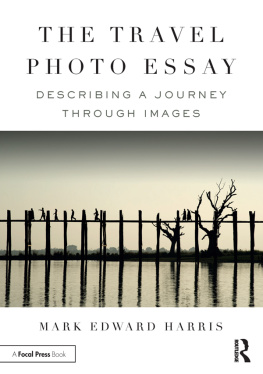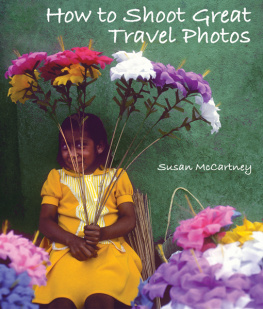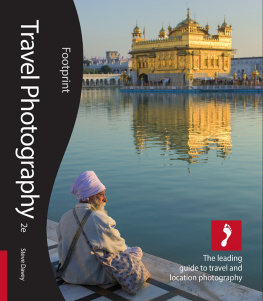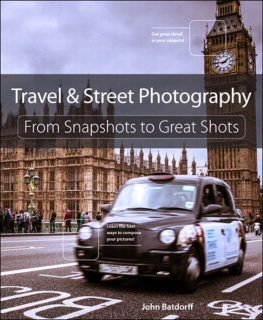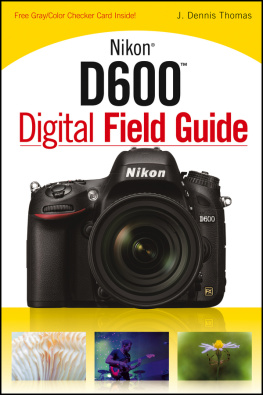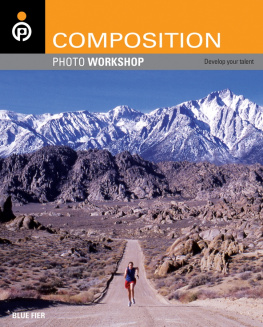Index
[]]
Index
[]batteries
Index
[]camera bagscamera gear]cameras]carry bags [See ]CDscircular polarizerscomputer systemscosts
Index
[]]digital processing stepsdigital sensorsDurrence, BillDVDs
Index
[]
Index
[]f-stopsFigures]filesfilmfive-megapixel camerasfocal length
Index
[]
Index
[]
Index
[]images [See ]inkjet printersInternetiPhoto package
Index
[]junkets
Index
[]
Index
[]LCD screenslenseslight
Index
[]monopods
Index
[]Nikon cameras
Index
[]
Index
[]]people]Photo Mechanic by Camera Bitsphotographic challengesphotography rulesphotography trips [See ]photos]point-and-shoot cameras]polarizersprinters
Index
[]
Index
[]]resolution sensors
Index
[]]SLR cameras]softwaresubjects]
Index
[]3x zoom5-megapixel cameras
Index
[]telephoto lensesTips fortravel]travel considerationstravel gear]tripodstrips [See ]
Index
[]
Index
[]
Index
[]waterweatherWeb siteswide-angle lenses
Index
[]
Chapter 1. Choosing the Right Gear
Right place, right time, right geara sunset along Trail Ridge Road in Rocky Mountain National Park. (Photo by Reed Hoffmann)

For every photographic trip there is the perfect balance of camera equipment. But most people find it impossible to know what gear to bring until they realize the item they desperately need is at home.
There are, however, a certain number of must-have accessories for the on-the-go photographer. Start with the basicsthe digital photography tools you can't do without. In this chapter I'll discuss cameras, lenses, and computers, and what to look for in each category.
Figure 1.1. It's possible to take too much gear on a trip, forcing you to spend all your time hauling equipment and deciding what to use. (Photo by Reed Hoffmann)
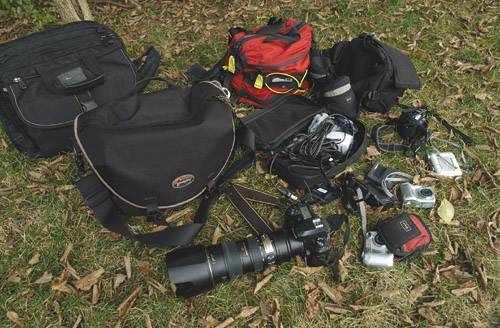
TIP
While digital technology revolutionized photography, if you're a film shooter you'll still be able to use most of these items. You can skip any item for reading digital media (compact flash card readers, for example) and you don't need to bring your laptop (unless you want to watch a movie on the plane), but just about everything else still applies.
Selecting a Camera
All decisions about what to shove into a travel bag relate to your choice of camera. For most photographers, the camera is their most expensive and most important purchase. These days there are only two practical choices for the travel photographera point-and-shoot or a single lens reflex (SLR) ().
Figure 1.2. Compact cameras (also called point-and-shoot cameras) have the advantage of small size. The larger SLR cameras offer more capability, but are also more expensive and heavier. (Photo by Bill Durrence)
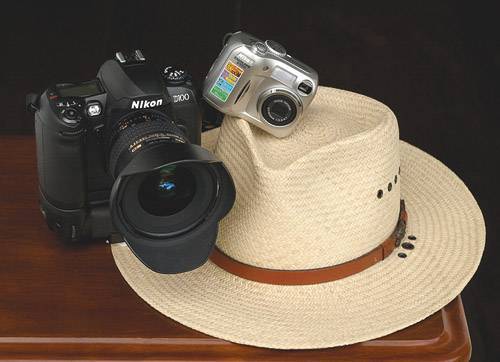
The term point-and-shoot is a misleadingit's used to refer to any compact camera without interchangeable lenses. An SLR camera is distinguishable from the point-and-shoot because it has interchangeable lenses. (Although some companies now make SLR cameras with a fixed lens and screw-on attachment lenses.) SLR cameras and specifically the cameras I'll talk about in this book are increasingly based on a digital sensor instead of film, making them dSLR cameras.
What's a Digital Sensor? Digital technology in the camera market has increased the amount of choices available to the consumer, but it has also turned the photographic world on its head. For more than a hundred years, images were captured using a chemical process in which light striking a surface (most recently a film made from plastics and gelatin) would create a chemical reaction causing one part of the surface to darken create an image. Until digital photography came along, consumers were limited by the size and shape of a roll of film. A variety of film sizes are available, but none are as small as the sensor in a digital camera. Unlike film, the sensor in a digital camera is fixed in place. It is a piece of silicon that records incoming light not through a chemical change but by measuring the way light striking the sensor changes the electrical current in each of the little dots that make up the face of the chip. Every time the shutter release is pressed the digital sensor charges up with electricity and then gets struck by light entering the camera. The values of that incoming light are recorded, the sensor gets turned off, and the process begins again, all in a fraction of a second. |
Point and Buy
Many first-time travel photographers, in fact many first-time digital photographers, opt for point-and-shoot (aka "compact"). Compact digitals are lighter and smaller than their dSLR counterparts, they don't have the hassle of interchangeable lenses, and they're often seen as less intrusive ().
Figure 1.3. Compact cameras make it easy to shoot photos, like these buffalo along the road in Custer State Park. (Photo by Reed Hoffmann)
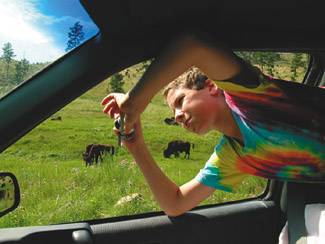
Cameras come in a variety of styles for three categories of users. A large, solidly built camera designed for the professional photographer is, not surprisingly, called a professional camera. On the other end of the spectrum are cameras that are less expensive, less durable, and often with fewer bells and whistles. These are called "consumer" cameras.
In the middle lies a group of photographers who want some of the features of a professional camera (faster shooting speed, improved durability, a few bells, some whistles) but don't want to shell out for features they don't need. These shooters are often referred to as "prosumers," a horrible mashing of words that just means "a nonprofessional who wants some pro features."
) with a long lens, and chances are heads are going to turn But take out a compact camera, even in remote parts of the world, and you're going to attract a lot less attention.
Figure 1.4. You won't be inconspicuous if you're using a big lens to take photos. (Photo by Corey Rich)

The biggest issue with point-and-shoots is their lack of flexibility. There's less room to grow as a photographer with them since you can't work your way up to better lenses and fewer accessories are available. A digital SLR often has interchangeable viewfinders, specialty lenses (such as macros and ultra-wide angles), lens-hoods, accessory strobes, and more. With a point-and-shoot, if you decide you want a wider-angle lens, or maybe a telephoto, you're stuck with what you've got, and you'll need to buy a new camera if you want greater flexibility.
Most digital point-and-shoots are equipped with a 3x zoom, providing a focal length equivalent to about 35-105mm. (See "" later in this chapter.) That's not too shabby, but it leaves you without a wide-angle lens or a long telephoto lens, meaning you can't capture wide landscapes or zoom in on a distant scene. Some models offer screw-on adapter lenses, but they are likely to produce photographs that are less sharp than ones taken with a single specialty lens.


